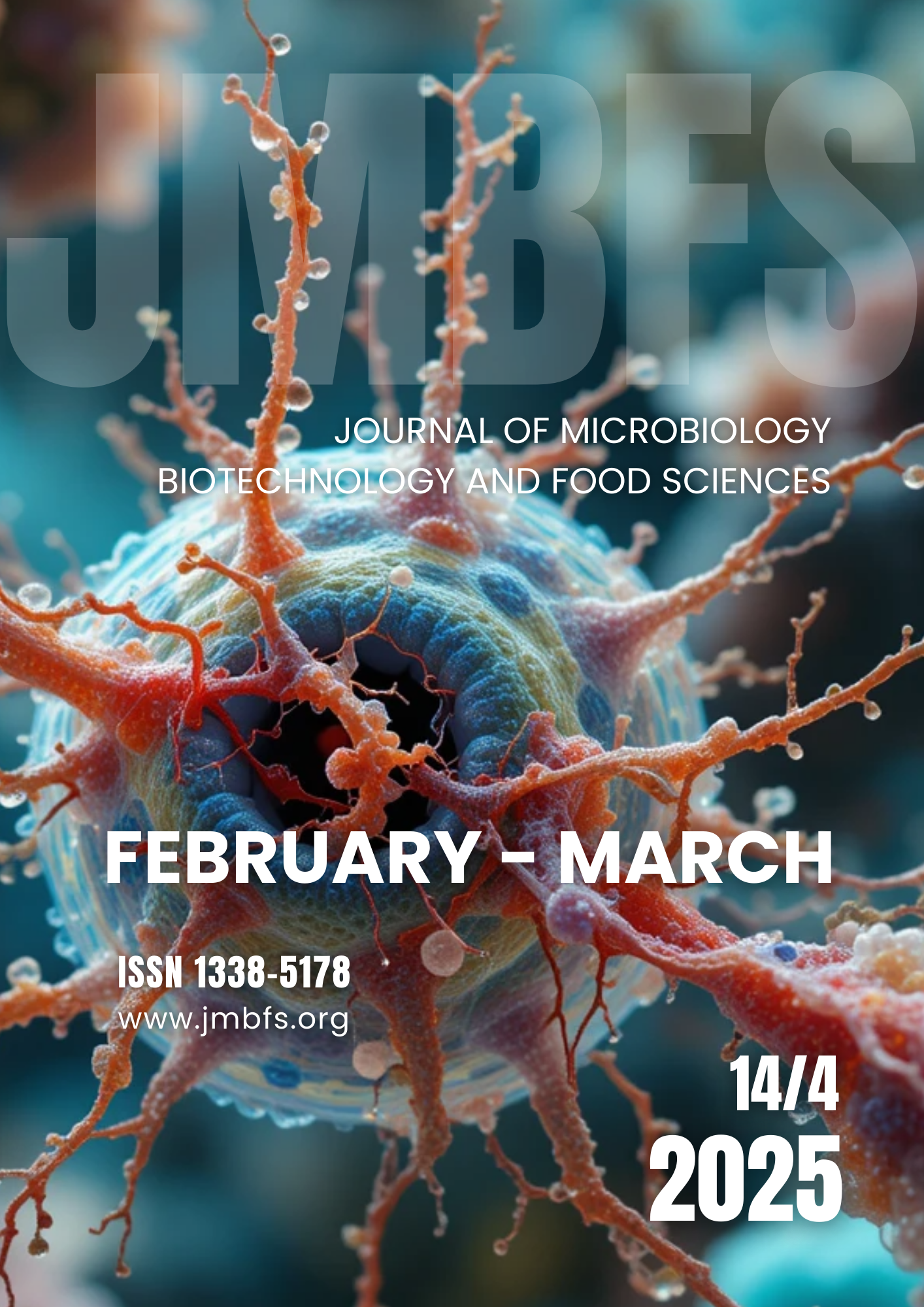INSILICO DOCKING STUDIES OF VARIOUS COMPOUNDS OF Euphorbia hirta L., PLANT ON FERRITIN, OXYHEMOGLOBIN, HEPCIDIN, AND TRANSFERRIN RECEPTORS
DOI:
https://doi.org/10.55251/jmbfs.11047Keywords:
Molecular docking, Anemia, Ferritin, Oxyhemoglobin, Transferrin, Hepcidin, Euphorbia hirtaAbstract
Anemia is characterized as having a lower hemoglobin (Hb) level than normal. Iron supplements are currently prescribed as a medicine for treating anemia. As iron supplements have more side effects such as CNS toxicity and cancer herbal medications are majorly preferred for the treatment of the disease. Euphorbia hirta L., is a plant that is majorly available worldwide and helps treat various diseases. The current research aimed to study the docking analysis of various compounds of the plant Euphorbia hirta L., on receptors such as Ferritin, Oxyhemoglobin, Transferrin, and Hepcidin and to evaluate the results obtained using PyRx software. Alongside docking, Toxicity and ADME analysis is done using Protox 2 and the Swiss ADME website. The ADME results showed that except for camphol, and phenylhydrazine there is no BBB penetration for any compound. The docking result showed that on receptor Ferritin, camphol has the highest binding score of -4.6. For protein Oxyhemoglobin, phenylhydrazine has the highest score of -5.3. For protein Hepcidin -4.7 is the highest score for phenylhydrazine and citronellol. For protein transferrin, citronellol has the highest score of -4.4. It is hypothesized from the current docking research that the chemical compounds of the Euphorbia hirta L., plant have an anti-anemic effect on various individuals and it can also be used in designing new drugs used for anemic therapy.
Downloads
Downloads
Published
How to Cite
Issue
Section
License
Copyright (c) 2023 C Mohammed Yaseen, C B Hamsa, Kesarla Bhavani, A. Muthukumar, Noopur Srivastava, Padmaa M Paarakh

This work is licensed under a Creative Commons Attribution 4.0 International License.
All papers published in the Journal of Microbiology, Biotechnology and Food Sciences are published under a CC-BY licence (CC-BY 4.0). Published materials can be shared (copy and redistribute the material in any medium or format) and adapted (remix, transform, and build upon the material for any purpose, even commercially) with specifying the author(s).





